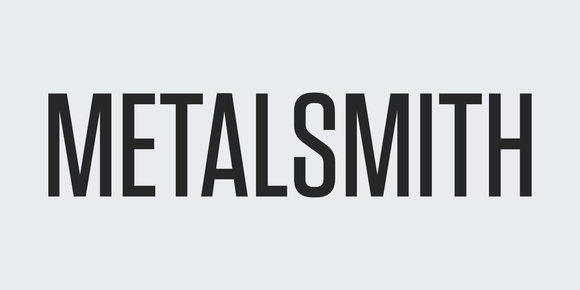Best I know, there aren't any good ways to test the output of a Metalsmith build to make sure things like updated dependencies didn't break styling or content. But one thing we can do is lint the output HTML to make sure it's at least syntactically correct and doesn't contain broken links.
Project setup
To keep this article short and to the point we're not going to set up a full website, just enough to show sample usage. See "Starting a Metalsmith Project" for a more complete article on how to set up a Metalsmith project.

Starting a Metalsmith Project
Sep 19, 2019 · 13 min read
Metalsmith is a plugin-based static site generator originally from Segment. It's a current favorite of mine because of how sites are built as a pipeline of plugins where the output of each plugin is the input of the next. This allows for strong control over what happens and when it happens.
Installing packages
Starting with an empty project, install some Metalsmith packages:
$ npm install --save metalsmith metalsmith-formatcheck metalsmith-link-checkermetalsmithfor the base project.metalsmith-formatcheckto lint our HTML withhtml-validatorwhich uses Nu Html Checker .metalsmith-link-checkerto check for any broken links or images.
Source file structure
Create the following directories and files for use in the build pipeline:
.
├── index.js
└── src
└── index.htmlWriting the source files
Set up your index.js file like this:
const Metalsmith = require('metalsmith');
const formatcheck = require('metalsmith-formatcheck');
const linkChecker = require('metalsmith-link-checker');
Metalsmith(__dirname)
.source('./src') // source directory for the pipeline
.use(formatcheck({ // lint HTML (requires internet connection)
failErrors: true,
failWarnings: true
}))
.use(linkChecker()) // ensure no broken links (requires internet connection)
.destination('./build') // destination directory of the pipeline
.clean(true) // clean the destination directory before build
.build(function (err) { // execute the build
if (err) {
throw err;
}
});This will:
- Copy
src/index.htmltobuild/index.html. - Lint all HTML files using Nu Html Checker (which requires an active internet connection) and then output any/all failures to
src/format_failed.json(configurable). - Check all HTML files for broken
<a href="">,<img src="">,<link href="">, and<script src="">tags (which requires an active internet connection) and then output any/all failures tosrc/links_failed.json(configurable).
Then fill in your src/index.html like this:
<!DOCTYPE html>
<html lang="en">
<head>
<meta charset="utf-8">
<title>Lorem Ipsum</title>
</head>
<body>
Lorem ipsum dolor sit amet, consectetur adipiscing elit.
<script
src="https://code.jquery.com/jquery-3.4.1.slim.min.js"
integrity="sha256-pasqAKBDmFT4eHoN2ndd6lN370kFiGUFyTiUHWhU7k8="
crossorigin="anonymous"></script>
</body>
</html>Build
Run the build command like normal:
$ node indexThe build should pass as long as you have an active internet connection.
Testing the checks
To make sure those plugins are doing their job, let's break the HTML.
metalsmith-formatcheck
We can break the HTML linter in a few different ways:
- Delete the
<!DOCTYPE html>tag. - Remove the
lang="en"attribute from the<html>tag. - Delete the
<title>tag inside<head>.
Making any of those changes and then building will fail with a non-zero exit code and leave you with an empty build output directory.
metalsmith-link-checker
We can cause broken links in a couple different ways:
- Change
https://code.jquery.com/jquery-3.4.1.slim.min.jsto something that doesn't exist such ashttps://code.jquery.com/jquery-3.4.1-invalid-version.slim.min.js. - Reference a local file that doesn't exist such as
<script src="script.js"></script>.
Making any of those changes and then building will fail with a non-zero exit code and leave you with an empty build output directory.





